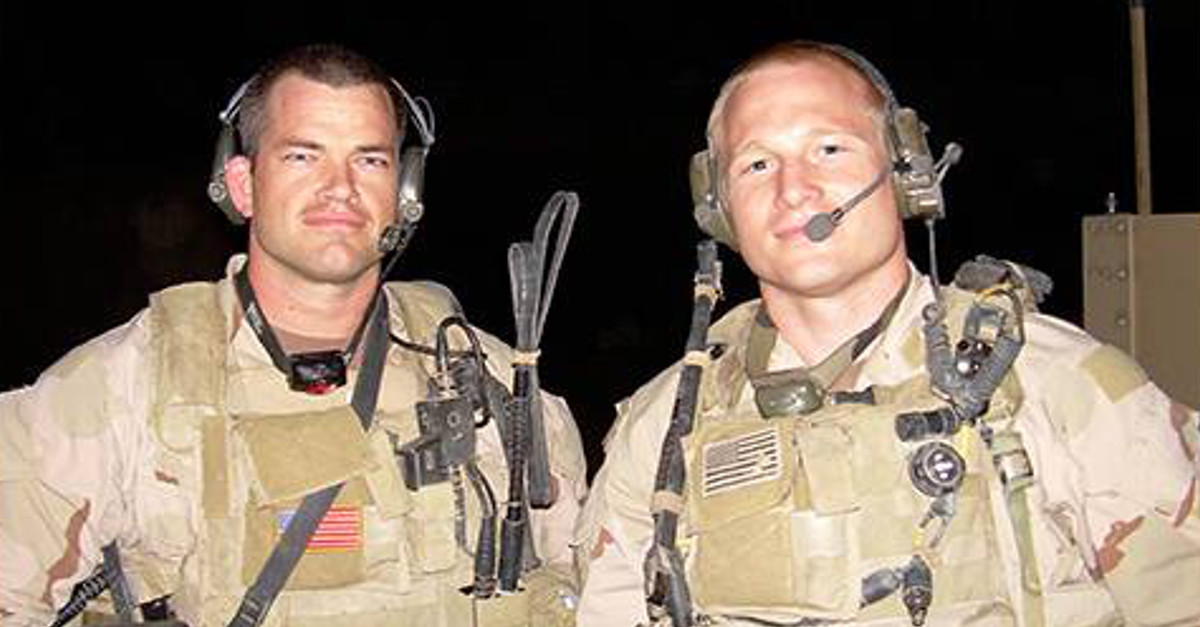Powerpoint: It’s something the military is known for, and something that all troops notoriously hate.
Videos by Rare
It’s both so prevalent and so hated that briefings that include PowerPoint presentations are mocked as “death by PowerPoint”, for being so boring and often confusing, as well.
Leif Babin, a former Navy SEAL, was tired of spending hours working his war through PowerPoint presentations used for combat mission briefs. So at his next unit, he dropped the PowerPoint and came up with something better.
Babin’s task unit was trying to compete against two other units to see who could come up with the best mission brief, which would determine who would get to take on a dangerous mission in Iraq.
So Babin, along with the other platoon leader, thought about what was most important. And being impressive wasn’t their goal. So they decided not to worry about impressing anyone, and instead, tried to come up with a mission brief that was simple and easy to follow. It was designed so that every member of the team could read it and understand their role in the mission, and Babin made sure to consult with his subordinates to make sure it fit the bill. And it worked: his mission brief was chosen as the best and most impressive, while the other two used the dreaded PowerPoint presentation.
His task unit — Task Unit Bruiser — was sent to Ramadi, where it became the most decorated special operations unit of the Iraq War. In his new book, “Extreme Ownership”, he reveals the 11 point combat checklist, that he’s since been teaching to business executives to ensure leadership and success.
This was originally reported on by Rare on Oct. 28, 2015:
1. Analyze the mission
Understand higher headquarters’ mission, Commander’s Intent, and endstate (the goal). Identify and state your own Commander’s Intent and endstate for the specific mission.
2. Identify personnel, assets, resources, and time available
3. Decentralize the planning process
Empower key leaders within the team to analyze possible courses of action.
4. Determine a specific course of action
Lean toward selecting the simplest course of action.
5. Empower key leaders to develop the plan for the selected course of action
6. Plan for likely contingencies through each phase of the operation
7. Mitigate risks that can be controlled as much as possible
8. Delegate portions of the plan and brief to key junior leaders
Stand back and be the tactical genius.
9. Continually check and question the plan against emerging information to ensure it still fits the situation
10. Brief the plan to all participants and supporting assets
Emphasize Commander’s Intent. Ask questions and engage in discussion and interaction with the team to ensure they understand.
11. Conduct post-operational debrief after execution
Analyze lessons learned and implement them in future planning.



